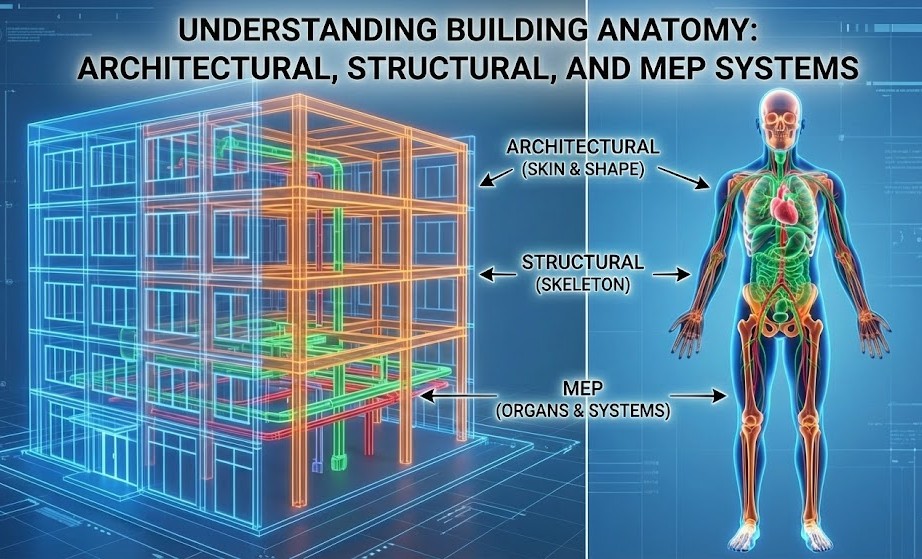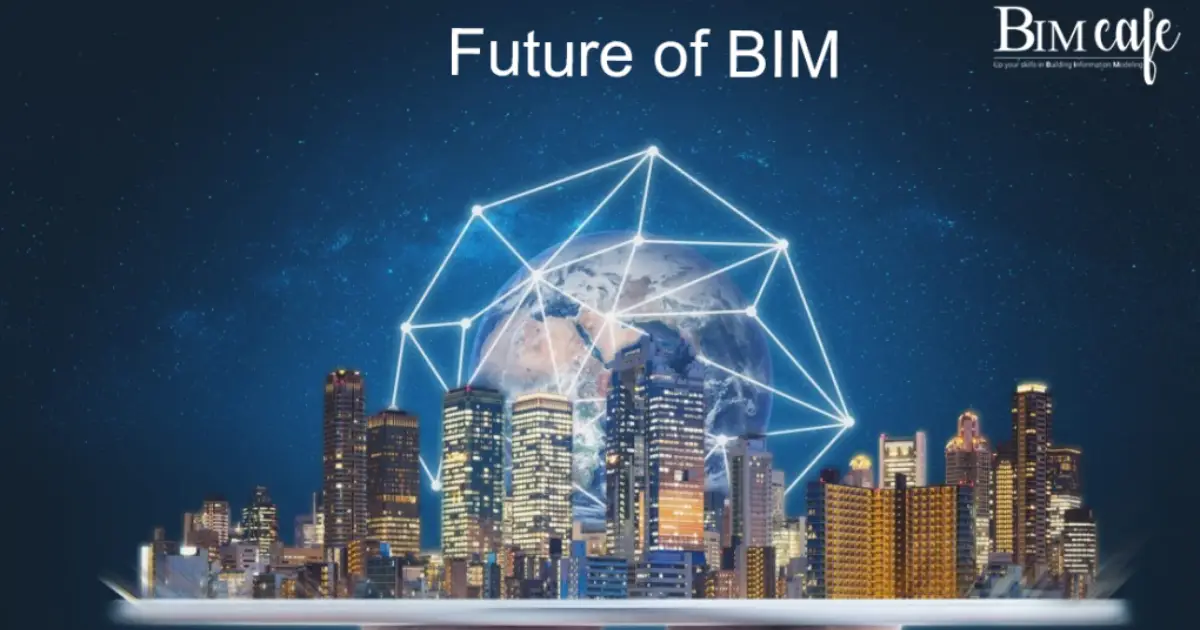
Author: Devika R
May 29, 2023
3 min read
By facilitating the generation and maintenance of digital representations of buildings and infrastructure, the Building Information Modelling (BIM) methodology has fundamentally changed the construction industry. I may not be able to foresee the future with absolute accuracy, but I can give you some ideas on possible trends and changes that could affect the direction of BIM.
Increased Adoption:
The building and construction industry is projected to continue to adopt BIM at higher rates. The advantages of BIM in terms of expanded collaboration, efficiency, and cost savings are being acknowledged by more firms, especially architects, engineers, contractors, as well as owners.
Cloud-based Collaboration:
The transferring of BIM models to platforms based on the cloud will be expected, allowing stakeholders to view and collaborate on projects in real-time. It also makes it possible for teams working from different locations to seamlessly share information, eliminate version control challenges, and encourage effective teamwork.
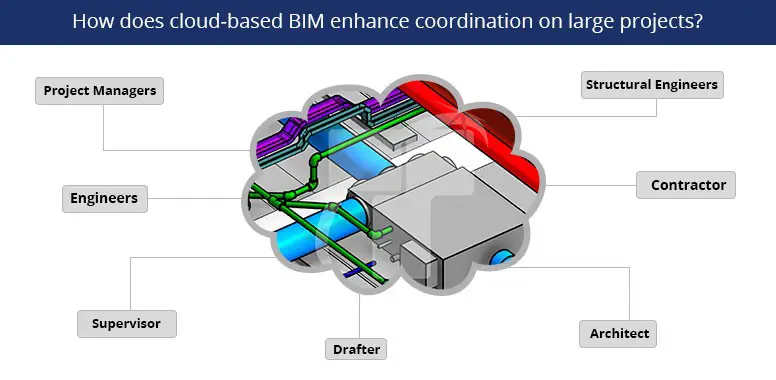
Integration with Emerging Technologies:
Virtual and augmented reality (AR), virtual reality (VR), and mixed reality (MR) are just a few examples of new technologies that BIM will probably connect with. Through enhancing visualisation, simulation, and fully immersive experiences, these technologies help stakeholders better understand and become involved with the digital representations.
Internet of Things (IoT) Integration:
BIM models might include Internet of Things (IoT) sensors and devices inside buildings, delivering real-time data collection for monitoring and maintenance needs. Predictive maintenance, energy optimisation, and increased occupant comfort can all be made possible by this connection, which can further improve the facility management component of BIM.
Automation and Artificial Intelligence (AI):
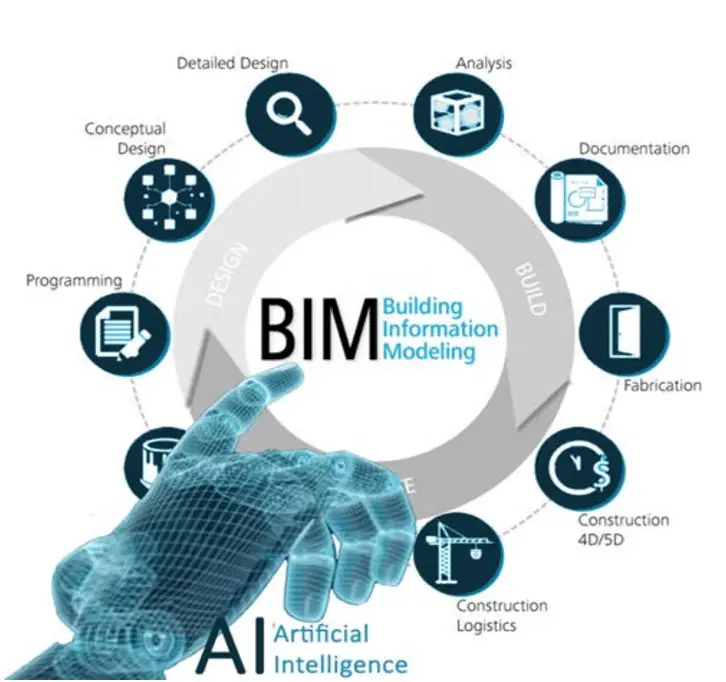
AI technologies have the potential to be very important for the future of BIM. Automating monotonous processes, analysing large data sets, and providing insights for design optimised performance, clash detection, and construction scheduling are possible tasks via AI algorithms. This can increase productivity and decrease human error.
Lifecycle Management:
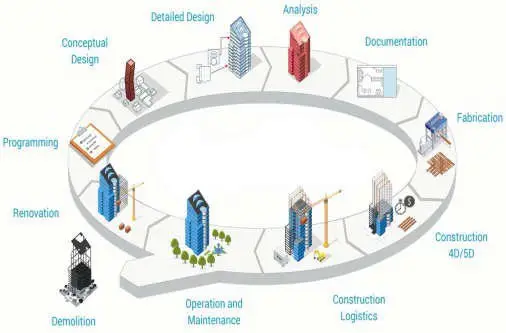
BIM will eventually expand its scope of application beyond the different phases of building design and construction to include a building’s whole lifecycle. Through the integration of data from many sources and facilitating the process of better decision-making during the course of a building’s life cycle, it can help with the administration of facilities, functioning, and maintenance.
Standardisation and Interoperability:
Efforts to standardise and streamline file formats and software platforms used by BIM are anticipated to continue. This will make it possible for stakeholders to work together and integrate their data seamlessly utilising various technological solutions.
Sustainability and Green Building:

By which might involve energy analysis, material optimised performance, and life cycle assessment, BIM may encourage sustainable design and construction techniques. BIM models may facilitate green building certifications and the design of energy-efficient structures.
Legal and Contractual Considerations:
As BIM evolves, legal and contractual structures will probably change to account for its particular characteristics. To guarantee proper implementation and the preservation of stakeholders’ interests, concerns like intellectual property, liability, and ownership of digital models may need to be addressed.
It’s crucial to keep in mind that these trends are hypothetical and based on the existing course of BIM. Technology improvements, industry demands, and the coordinated efforts of stakeholders to promote its development and adoption will determine BIM’s future.



